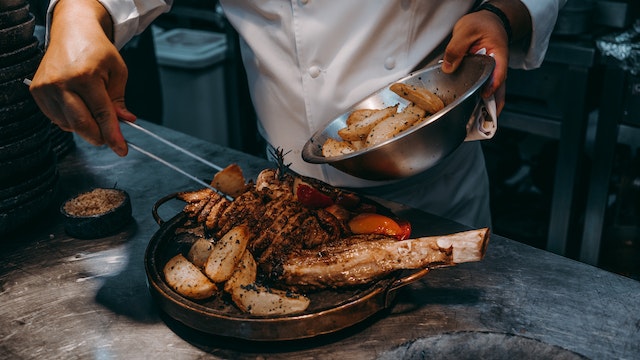
Roasting is an age-old cooking technique that has been used by chefs and home cooks alike for centuries. At its core, roasting involves cooking food in an open flame or oven, allowing the heat to penetrate the ingredients and impart delicious flavors and textures to the dish.
The beauty of roasting lies in the simplicity of the process. Whether you’re roasting a whole chicken or a medley of vegetables, the basic steps of roasting remain the same. All you need is a good quality piece of meat or vegetables, some seasoning, and a healthy dose of patience. Roasting is great for someone who cares about productivity because it is often a “set and forget” method of cooking, after you properly season your foods.
Ingredients for Roasting
Roasting is an art that demands the best ingredients to bring out flavors that tantalize the taste buds. From succulent meats to earthy vegetables, the key is to start with fresh, quality ingredients. Here are some ingredients to consider for roasting:
Meat Selection: Importance of Choosing Good Quality Cuts
The first step towards creating a perfect roasted dish is selecting the right meat. Good quality cuts ensure that the meat stays juicy and tender, with a rich flavor that melts in your mouth. Some examples of the best meats to roast include:
- Prime Rib: This cut of beef is marbled with fat, which gives it its succulent flavor and texture.
- Beef Tenderloin: This is the most tender and exquisite cut of beef, ideal for a special occasion.
- Whole Chicken: A classic dish that is great for feeding a family.
- Turkey: This bird is perfect for a Thanksgiving feast or any other special event.
Vegetable Options for Roasting
Roasting is not just for meats, as vegetables can be roasted to perfection as well. Vegetables are versatile and provide endless options for flavors and textures that you can enjoy. Some popular vegetables to roast include:
- Potatoes: These are a classic choice for a filling and hearty meal.
- Carrots: Roasted carrots lend a sweet flavor and vibrant color to any dish.
- Broccoli: Roasted broccoli has a nutty flavor and a crispy texture.
- Cauliflower: Roasted cauliflower is a perfect side dish that is healthy and delicious.
- Brussels Sprouts: These mini cabbages are best when roasted, seasoned well with salt, pepper, and a drizzle of olive oil.
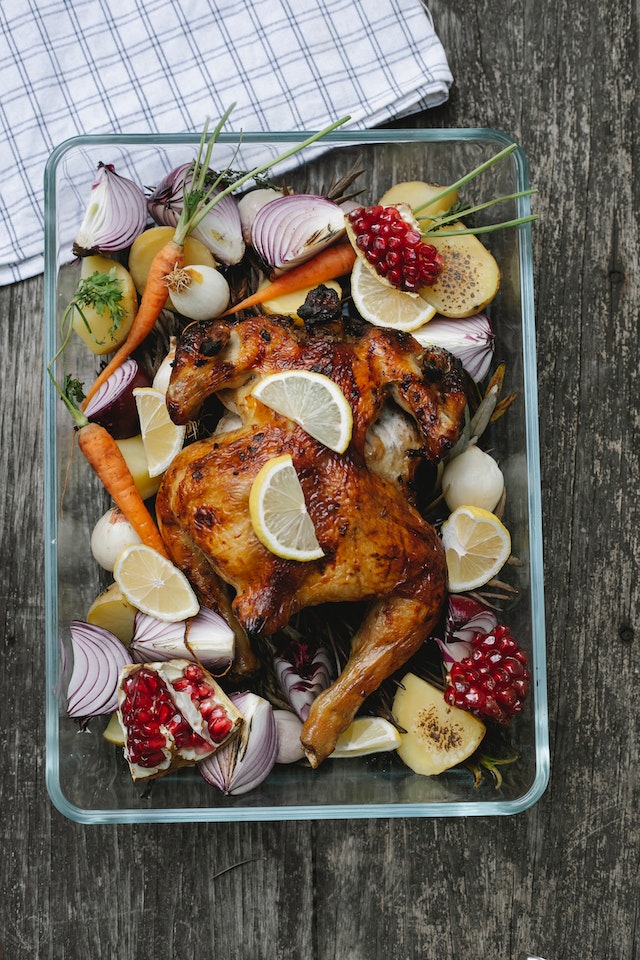
The beauty of roasting is that it allows you to experiment with a variety of ingredients and spices to create new and exciting dishes. With quality ingredients and some patience, you can create a dish that will leave everyone asking for seconds.
Seasoning for Roasting:
Seasoning your ingredients before roasting is essential for enhancing their natural flavors, and adding depth to your dish. Here are some seasoning tips to elevate your next roasted meal:
Salt and Pepper – Salt and pepper are the most basic and essential seasoning ingredients for roasting. Salt brings out the natural flavors of the ingredients while pepper adds a subtle heat to the dish.
Herbs and Spices – Adding fresh herbs and ground spices can take your roasted dish to the next level. Use rosemary and thyme for meats, and parsley and cilantro for vegetables. Ground cumin, coriander, and paprika add depth and complexity to any dish.
Garlic and Onions – These kitchen staples are perfect for giving your roasted dish a boost of flavor. Chop them up and mix with your ingredients, or leave them whole and roast them alongside your dish.
Oil – A good quality oil helps to caramelize the ingredients, giving them a golden brown color and a crispy texture. Olive oil is a popular choice, but you can also use avocado or coconut oil for a different flavor profile.
Acid – A squeeze of lemon or lime juice can add brightness and acidity to your roasted dish, balancing out the flavors. Balsamic vinegar is also a great choice for roasted vegetables.
By experimenting with different seasoning combinations, you can customize your roasted dish to your liking, and impress your guests with your culinary skills.
Roasting Tools and Equipment
Roasting is a simple technique that requires minimal equipment, but having the right tools can make the process easier and more efficient. Here are some essential tools you need to have on hand for roasting:
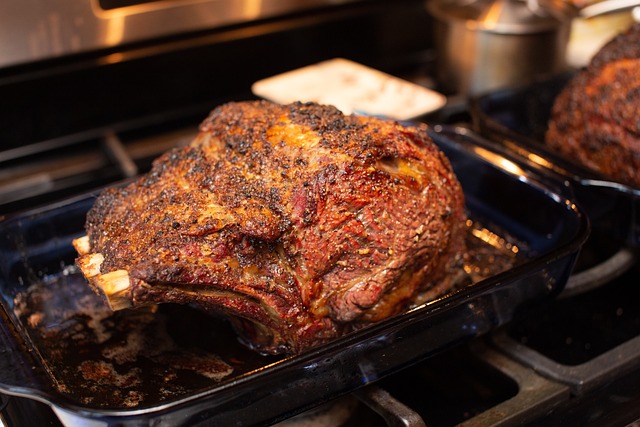
Roasting Pan: A good quality roasting pan is essential for evenly roasting your meats and vegetables. Look for a heavy-duty pan with high sides to prevent juices from overflowing and to make it easier to baste and stir.
Meat Thermometer: A meat thermometer is an invaluable tool for ensuring that your meats are cooked to perfection. Different cuts of meat require different internal temperatures, so having a meat thermometer takes the guesswork out of the cooking process.
Basting Brush: A basting brush is handy for coating your meats with oils, butter, or marinades while roasting. This ensures that they stay moist and flavorful throughout the cooking process.
Oven Mitts: Roasting involves extremely high temperatures, so having a good pair of oven mitts is essential to protect your hands from burns.
Carving Knife and Board: Once your meat is cooked, you want to be able to carve it into perfect slices. A sharp carving knife and sturdy cutting board make this part of the process easier and safer.
Roasting Rack: A roasting rack allows air to circulate around your meats and vegetables, ensuring even cooking, and provides a place for juices to collect for use in making gravy or sauce.
Aluminum Foil: Aluminum foil is useful for covering your roasting pan and ingredients to prevent them from drying out or to keep them warm while resting. It can also help retain moisture and keep cooking times under control.
With these essential tools on hand, you can be confident that your roasting experience will be a success.
The Roasting Process
Roasting involves cooking food in an open flame or oven. It is a simple process that requires patience and attention to detail. Here are the basic steps to help you achieve perfectly roasted meats and vegetables.
1. Preheat your Oven: Preheat your oven to the desired temperature before placing your meat or vegetables inside. This ensures that the oven is at the right temperature to cook your ingredients evenly.
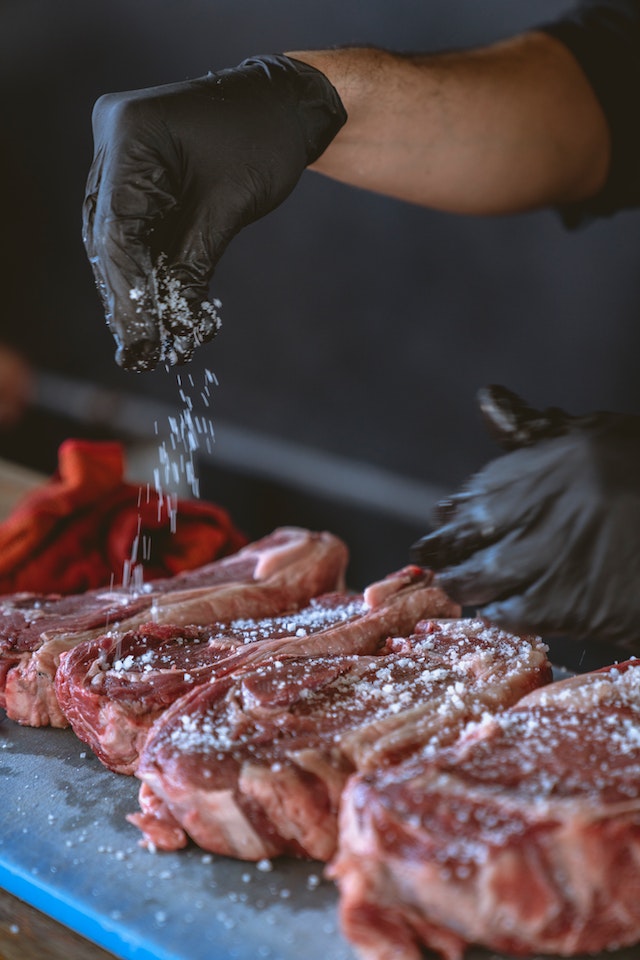
2. Choose the Right Cut: When roasting meats, it’s important to choose the right cut that will hold up to the heat of the oven. Prime rib, beef tenderloin, pork loin, and whole chicken are some of the best cuts for roasting. For vegetables, choose fresh, colorful produce like sweet potatoes, carrots, bell peppers, and zucchini.
3. Season Generously: Season your meat or vegetables generously with salt, pepper, and herbs and spices of your choice. Use your hands to rub the seasoning evenly all over the ingredients. This helps to enhance the natural flavors of the ingredients.
4. Place in a Roasting Pan: Place your ingredients in a roasting pan, ensuring that they are evenly spaced and not overcrowded. This ensures that the heat can penetrate all parts of the ingredients, cooking them evenly.
5. Add Liquid: Adding liquid like broth, wine, or water to your roasting pan helps to keep the ingredients moist and juicy. This also creates flavorful pan juices that can be used as a base for gravy or sauce.
6. Monitor the Temperature: Use a meat thermometer to monitor the internal temperature of your meat. This ensures that you cook it to the desired level of doneness. For vegetables, check for doneness by piercing them with a fork. They should be tender but still have a little bite.
7. Rest the Meat: Once your meat is cooked, it’s important to let it rest for a few minutes before carving. This allows the juices to redistribute and makes for a juicier and more flavorful meal.
Enjoying the Fruits of Roasting
Roasting is not just a cooking technique. It’s an experience. The savory smells wafting from the oven and the anticipation of a warm and comforting meal make the perfect combination for a satisfying dining experience. Here are some tips for enjoying the fruits of your roasting labor:
Carving the Meat
Carving meat can be intimidating, but with a sharp knife and a little practice, anyone can do it. Here are some tips for carving your roasted meat:
- Let the meat rest for at least 10-15 minutes before carving to allow the juices to redistribute.
- Use a sharp carving knife to make clean slices.
- Cut against the grain for more tender meat.
Making Gravy
Roasting meats produce delicious pan juices that can be used to make a delectable gravy. Here’s how you can do it:
- Pour off the excess fat from the roasting pan.
- Add some broth or water to the pan and stir over medium heat until the browned bits are released from the bottom.
- Strain the liquid and whisk in a little flour to thicken.
- Adjust the seasoning to taste
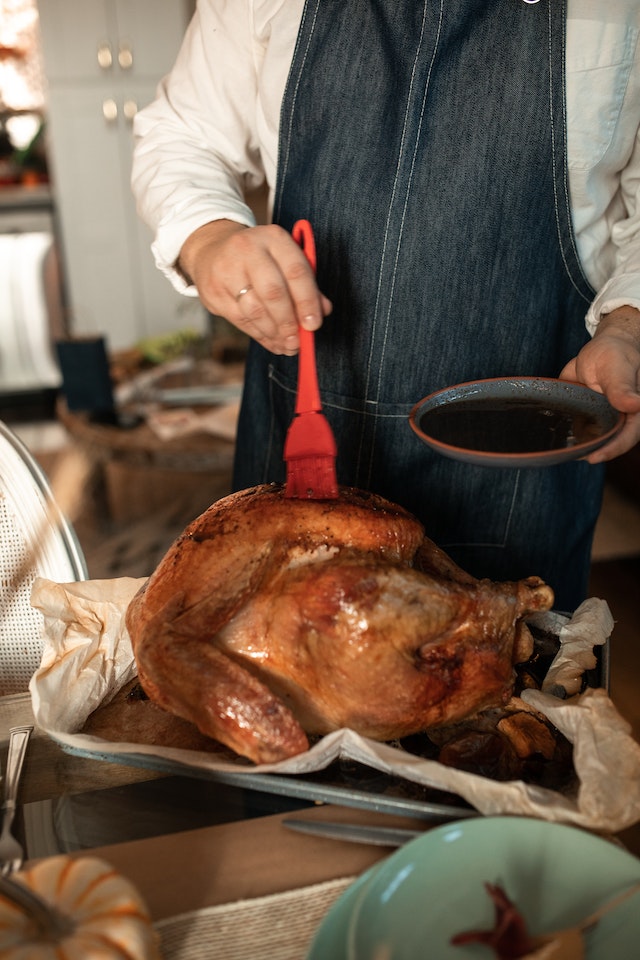
Serving Roasted Vegetables
Roasted vegetables are a perfect side dish that complements any roasted meat. Here are some ways to enjoy them:
- Serve them as a side dish with your favorite main course.
- Toss them with pasta or grains for a flavorful and healthy salad.
- Use them as a topping for pizza or flatbread.
Leftover Roast
Leftover roasted meats can be used in various ways to make new and exciting dishes. Here are some ideas:
- Make a hearty stew or soup using the leftover meat and pan juices.
- Use the leftover meat in a sandwich or wrap for a quick and satisfying meal.
- Shred the leftover meat and use it as a topping on a baked potato.
Roasting is an art that requires the right ingredients, seasoning, and patience. But the effort is well worth it when you sit down to enjoy a delicious and satisfying meal. Whether it’s a succulent roast beef or a medley of roasted vegetables, roasting can be a wonderful and comforting experience that brings people together.
